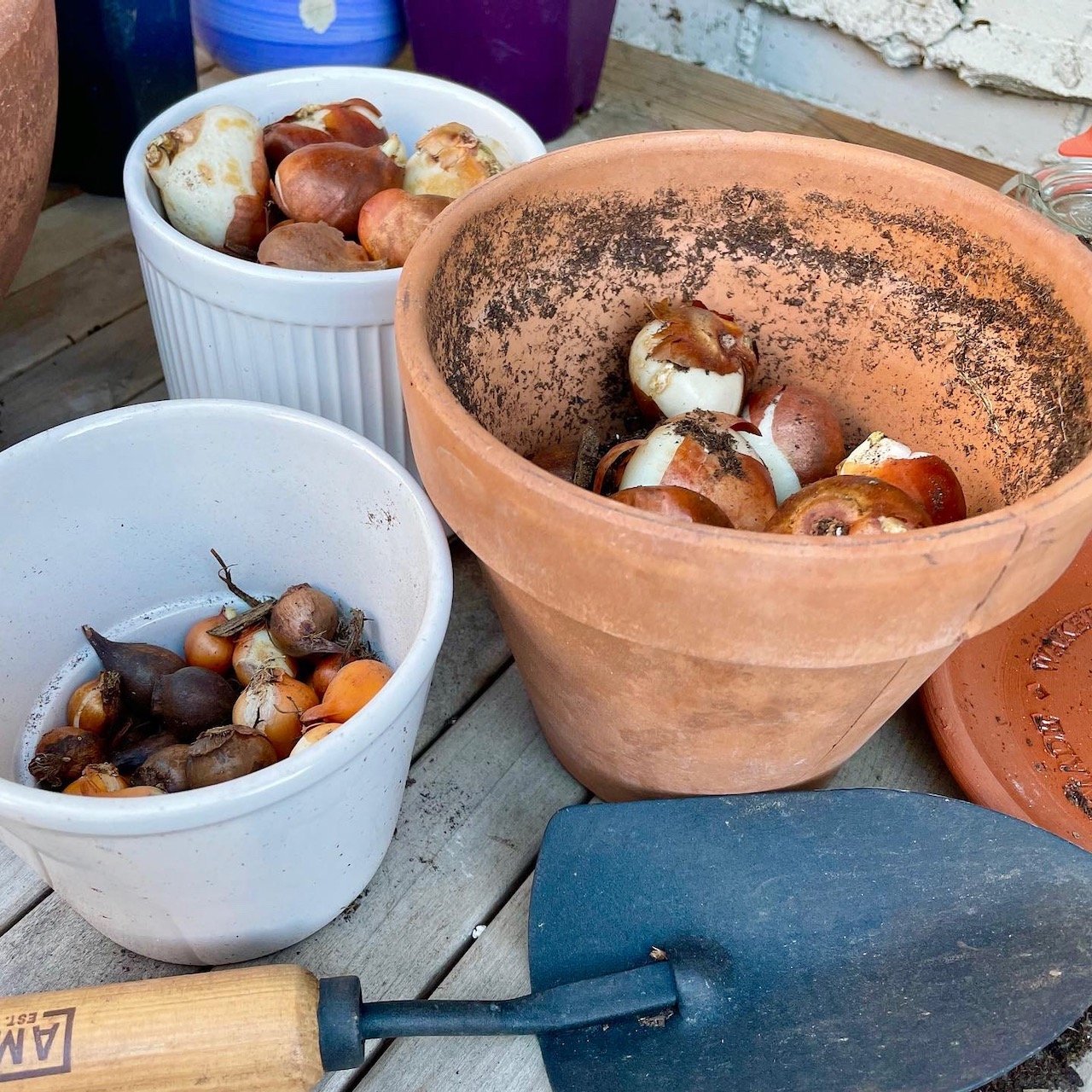
Week Eight | November 21 | The Greenhouse Reveal
Week Eight | November 21 | The Greenhouse Reveal
Take a peek into my latest One Room Challenge project: the DIY Greenhouse

Week Seven | November 11 | The Penultimate Week!
Week Seven | November 11 | The Penultimate Week!
Take a peek into my latest One Room Challenge project: the DIY Greenhouse

Week Six | November 4 | Seasons Change
Week Six | November 4 | Seasons Change
Take a peek into my latest One Room Challenge project: the DIY Greenhouse

Week Five | October 28 | Garden & Giveaway!
Week Five | October 28 | Garden & Giveaway!
Take a peek into my latest One Room Challenge project: the DIY Greenhouse

Week Four | October 21 | Keeping The Greenhouse Warm
Week Four | October 21 | Keeping The Greenhouse Warm
Take a peek into my latest One Room Challenge project: the DIY Greenhouse

Week Three | October 14 | The Greenhouse and Gardening
Week Three | October 14 | The Greenhouse and Gardening
Take a peek into my latest One Room Challenge project: the DIY Greenhouse

Week Two | October 7 | Greenhouse Inspiration
Week Two | October 7 | Greenhouse Inspiration & Update
Take a peek into my latest One Room Challenge project: the DIY Greenhouse

Week One | September 30 | Building a Greenhouse
Week One | Sept 30 | DIY Greenhouse
Take a peek into my latest One Room Challenge project: the DIY Greenhouse


